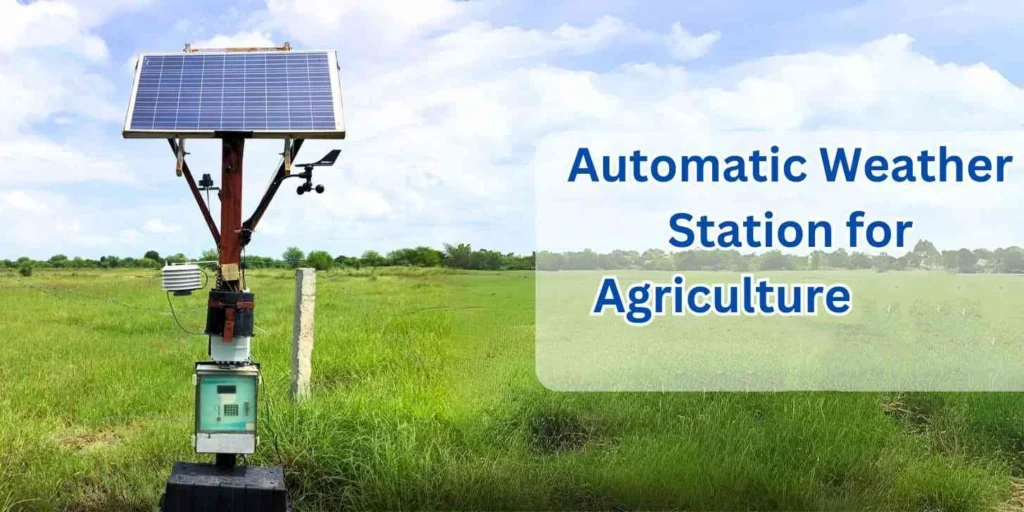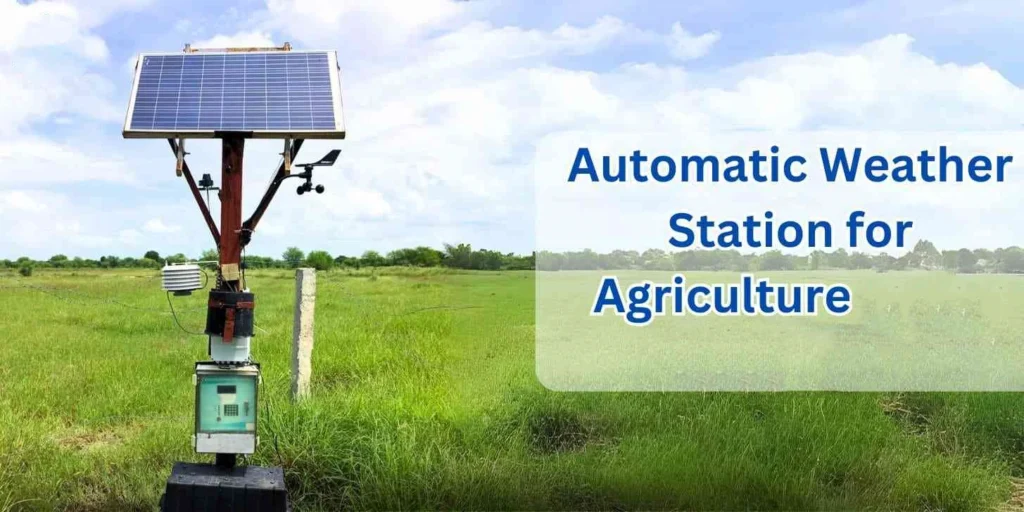
# Understanding the Functionality of Automatic Weather Stations
Automatic Weather Stations (AWS) are advanced systems designed to collect and record meteorological data without the need for constant human intervention. These stations are widely used in various fields, including agriculture, aviation, and environmental monitoring, to provide accurate and real-time weather information.
## What is an Automatic Weather Station?
An Automatic Weather Station is a standalone device equipped with sensors that measure various atmospheric parameters such as temperature, humidity, wind speed, wind direction, rainfall, and atmospheric pressure. The data collected by these sensors is processed and transmitted to a central database or directly to users via wireless communication technologies.
## Key Components of an Automatic Weather Station
An AWS typically consists of several key components:
– Sensors: These are the primary components that measure different weather parameters. Common sensors include thermometers for temperature, hygrometers for humidity, anemometers for wind speed, and barometers for atmospheric pressure.
– Data Logger: This component records the data collected by the sensors. It stores the information in a digital format, which can be accessed and analyzed later.
– Power Supply: Most AWS units are powered by solar panels, ensuring continuous operation even in remote locations.
– Communication Module: This module transmits the collected data to a central server or directly to users. It can use various communication methods, including GSM, satellite, or radio frequencies.
## Applications of Automatic Weather Stations
Automatic Weather Stations have a wide range of applications:
– Agriculture: Farmers use AWS data to make informed decisions about planting, irrigation, and harvesting. Accurate weather forecasts help optimize crop yields and reduce losses due to adverse weather conditions.
– Aviation: Airports and aviation authorities rely on AWS to monitor weather conditions, ensuring safe takeoffs and landings. Real-time data helps in managing flight schedules and avoiding weather-related disruptions.
– Environmental Monitoring: AWS are used to monitor climate change, track pollution levels, and study weather patterns. This data is crucial for developing strategies to mitigate environmental impacts.
– Disaster Management: In areas prone to natural disasters like hurricanes, floods, and droughts, AWS provide early warnings, helping authorities take preventive measures and minimize damage.
## Advantages of Automatic Weather Stations
The use of Automatic Weather Stations offers several advantages:
– Accuracy: AWS provide highly accurate and reliable data, which is essential for making informed decisions.
– Real-Time Data: The ability to collect and transmit data in real-time allows for timely responses to changing weather conditions.
– Cost-Effective: Once installed, AWS require minimal maintenance, making them a cost-effective solution for continuous weather monitoring.
– Remote Monitoring: AWS can be deployed in remote and inaccessible areas, providing valuable data that would otherwise be difficult to obtain.
## Conclusion
Automatic Weather Stations play a crucial role in modern meteorology and various other fields. By providing accurate, real-time weather data, they help in making informed decisions, optimizing operations, and mitigating risks associated with adverse weather conditions. As technology continues to advance, the functionality and applications of AWS are expected to expand, further enhancing their importance in our daily lives.
Keyword: what is automatic weather station
